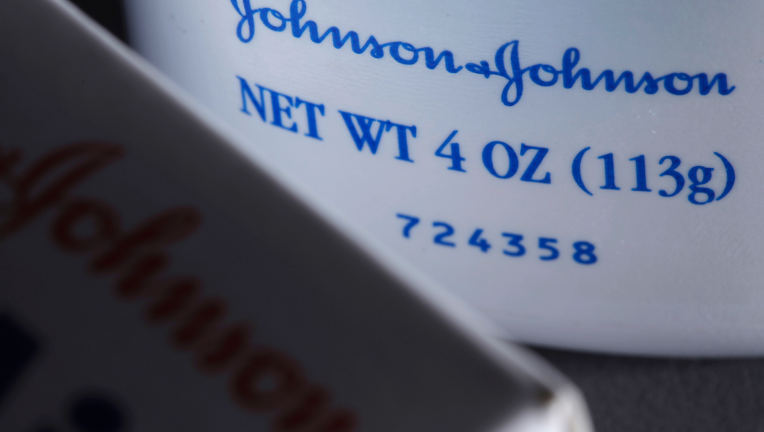
Fueled by a 20 percent sales jump in its prescription drugs business, Johnson & Johnson posted a 3 percent increase in second-quarter profit.
Continue Reading Below
Still, the world’s biggest maker of health care products trimmed its forecast for 2018.
J&J’s prescription medicine business, which had lagged its medical device business until a couple years ago, accounted for half its $20.83 billion in total revenue.
That business has prospered from wider use of its cancer and immune disorder medicines and its $30 billion acquisition of Swiss drugmaker Actelion last year. That deal brought J&J Opsumit and other drugs for high blood pressure in the lungs, a business that could hit $2.5 billion in sales this year.
The New Brunswick, New Jersey, company on Tuesday reported net income of $3.95 billion, or $1.45 per share, up from $3.83 billion, or $1.40 per share, a year ago.
Adjusted for one-time gains and costs, earnings came to $2.10 per share, or 4 cents better than Wall Street had expected, according to a survey by Zacks Investment Research.
Advertisement
The $20.83 billion in revenue, up from $18.84 billion in the year-ago quarter, also topped analyst expectations for $20.21 billion.
Prescription drug revenue totaled $10.35 billion, while medical devices and diagnostics products brought in $6.97 billion, up 3.7 percent. That segment is now entering the third year of a restructuring program that’s included several divestitures. Consumer health products such as Tylenol and Johnson’s baby shampoo saw sales edge up nearly 1 percent, to $3.5 billion.
Johnson & Johnson said it now expects full-year earnings between $8.07 and $8.17 per share, down a bit from its April forecast for $8 to $8.20 per share. It now anticipates revenue between $80.5 billion and $81.3 billion, down from its prior forecast of $81 billion to $81.8 billion.
Analysts are expecting $81.2 billion in sales and earnings per share of $8.10, on average.
Johnson & Johnson shares, after dipping almost 3 percent, bounced back into positive territory before the opening bell.
_____
Elements of this story were generated by Automated Insights using data from Zacks Investment Research.


